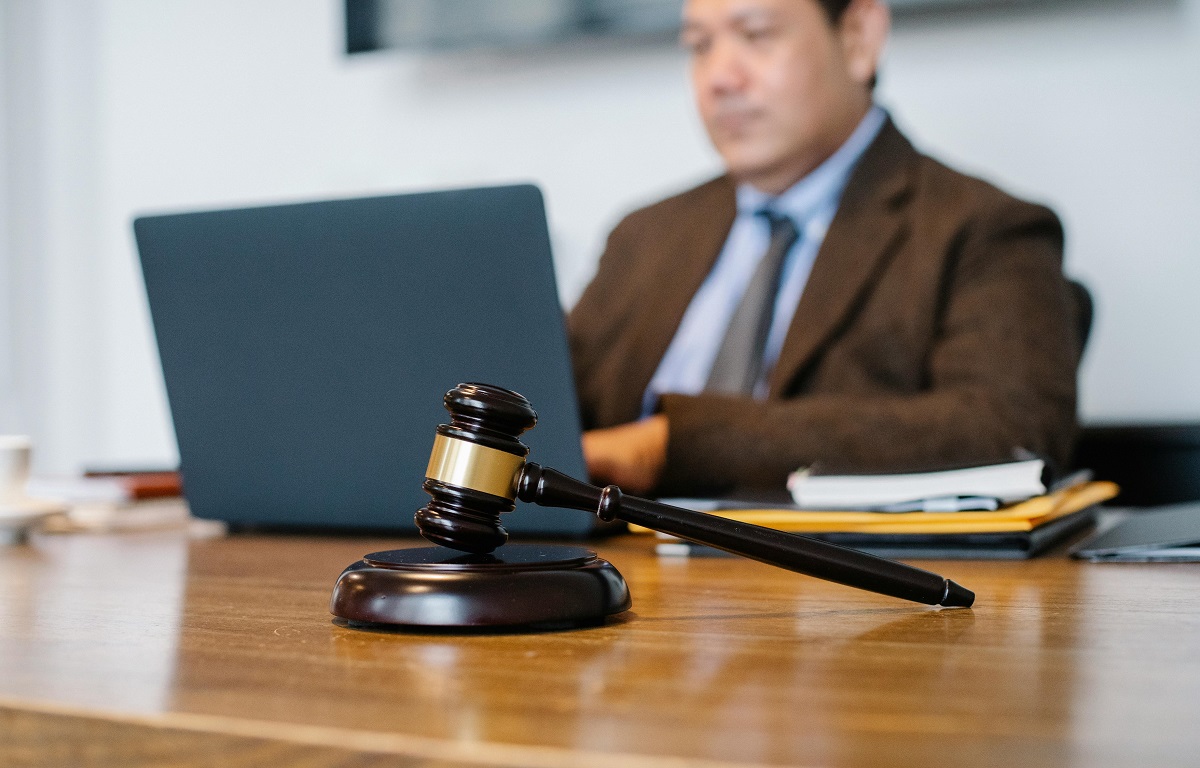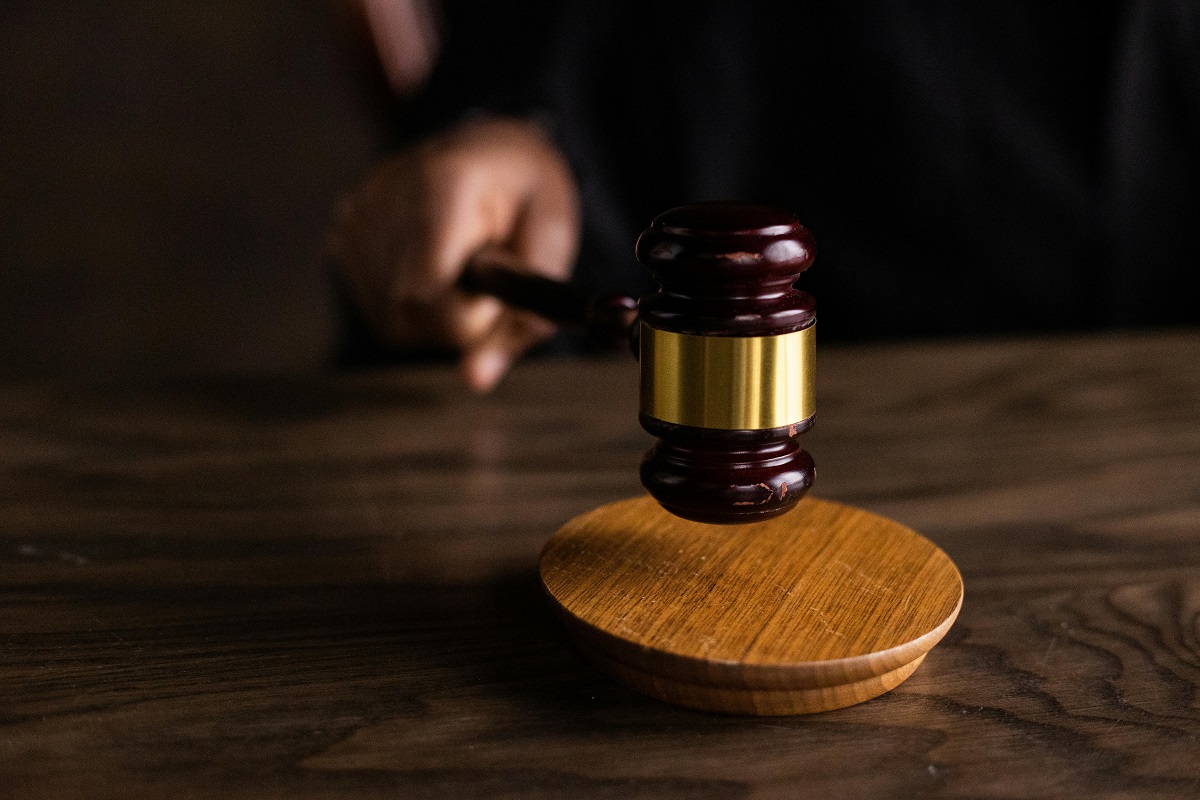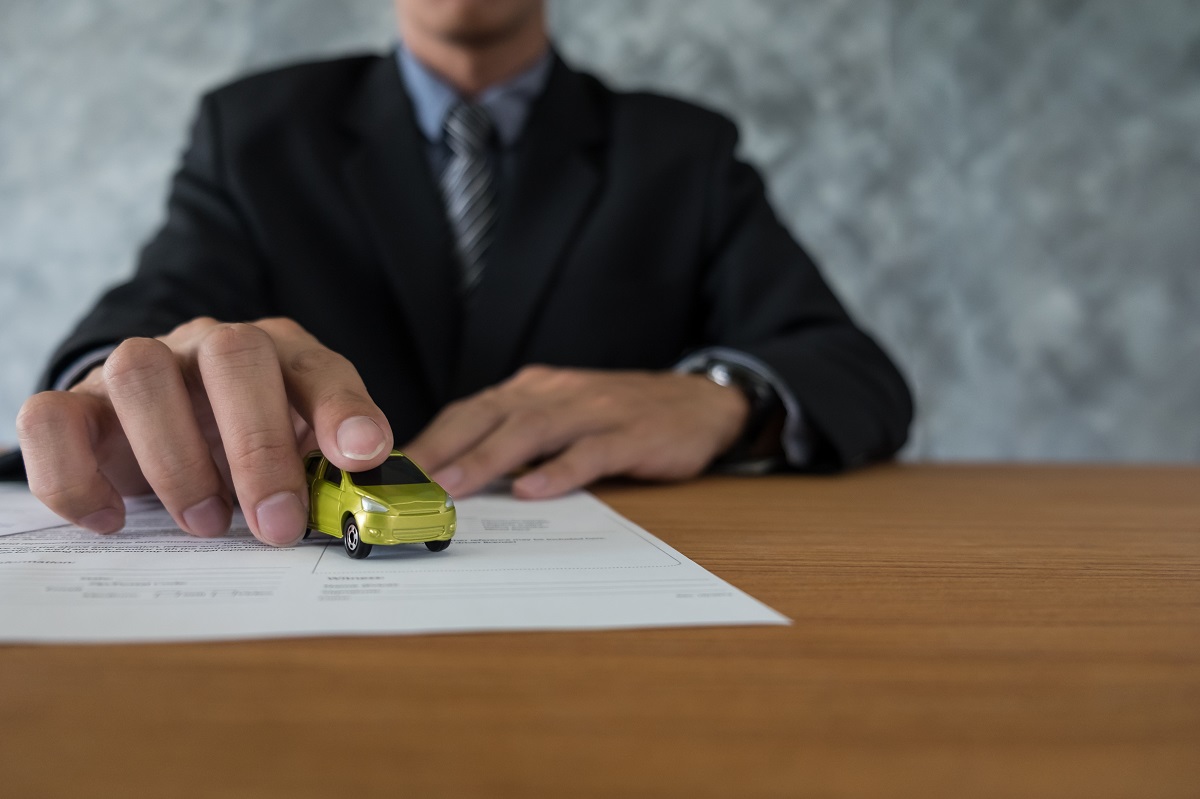
Every day, thousands of lives are impacted by motor vehicle accidents. In fact, statistics indicate that more than 6,500 people suffer injuries daily due to these incidents. The immediate aftermath is often a whirlwind of medical concerns, insurance paperwork, and emotional distress. But for many victims, especially when insurance companies offer inadequate settlements or disputes over liability arise, taking legal action becomes a necessary next step.
This comprehensive guide will walk you through what to expect during an auto accident lawsuit, breaking it down into clear, actionable stages. Whether you’re considering a lawsuit or have already started the process, this resource will help you prepare and navigate each phase confidently.
Why Might You File an Auto Accident Lawsuit?
Filing an auto accident lawsuit isn’t just about seeking justice—it’s about getting the resources you need to recover and move forward. Here are common reasons why victims pursue legal action:
- Inadequate insurance settlements: If the at-fault driver’s insurance company offers an unreasonably low settlement or denies your claim altogether, a lawsuit may be necessary to pursue full compensation.
- Disputed liability: When the other driver’s fault is contested, or multiple parties are involved, a lawsuit can help establish responsibility.
- Serious injuries: Victims with long-term or catastrophic injuries—such as spinal cord damage or traumatic brain injuries—may require significant compensation for ongoing care and lost earning capacity.
- Uninsured or underinsured driver: If the at-fault driver lacks sufficient coverage, you may need to pursue a lawsuit to recover damages from your own insurance or the driver directly.
- Emotional and financial distress: Beyond medical costs, victims may suffer emotional trauma, reduced quality of life, and substantial financial losses. A lawsuit can account for these damages.
Step 1: Initial Consultation with a Personal Injury Lawyer

The first and most critical step in an auto accident lawsuit is hiring an experienced personal injury attorney.
What Happens During the Consultation?
- Case evaluation: The lawyer will review all relevant documents, including police reports, witness statements, photographs, and medical records.
- Legal advice: They’ll explain your rights, assess the strength of your case, and determine the potential value of your claim.
- Fee arrangements: Most personal injury attorneys work on a contingency fee basis, meaning they only get paid if you win your case.
Tip: Bring any relevant documents (e.g., accident reports, medical bills, insurance information) and prepare to answer questions about the accident and your injuries.
Step 2: Filing the Lawsuit
Once you and your lawyer decide to move forward, the next step is to file a formal complaint with the court.
What’s Included in the Complaint?
- Allegations of negligence: The complaint outlines how the defendant (at-fault driver) acted carelessly, leading to the accident.
- Detailed account of the accident: Time, date, location, circumstances, and a clear timeline of events.
- Claim for damages: A detailed breakdown of the damages you’re seeking—medical expenses, lost income, pain and suffering, emotional distress, and more.
How is the Defendant Notified?
Once the complaint is filed, the defendant (or their insurance company) is served with legal papers. They must respond within a set timeframe—usually 20 to 30 days.
Step 3: Discovery Phase – Gathering Evidence
The discovery phase is a crucial part of the lawsuit where both sides exchange evidence to build their cases.
What Evidence Is Collected?
- Medical records and bills: Documenting the extent of your injuries and related costs.
- Accident reports and witness statements: Establishing fault and circumstances.
- Expert testimony: Specialists such as accident reconstructionists or medical professionals provide expert insights.
- Photographs and videos: Visual evidence from the accident scene and damage assessments.
- Insurance documents and communications: To prove coverage and prior settlement offers.
Key Discovery Tools:
- Interrogatories: Written questions the opposing side must answer under oath.
- Depositions: Oral testimony from parties or witnesses, recorded for use at trial.
- Requests for Production: Formal requests for documents, evidence, and other materials.
Tip: Be honest and consistent in your responses—contradictions can weaken your credibility.
Step 4: Negotiation and Possible Settlement
Many auto accident lawsuits are settled out of court. Once evidence is reviewed, both sides often attempt to reach a settlement.
Why Consider Settling?
- Faster resolution: Avoids lengthy court proceedings.
- Reduced stress: Settlement negotiations can be less adversarial than a courtroom trial.
- Guaranteed compensation: You secure an agreed-upon amount without the uncertainty of a jury verdict.
How is a Settlement Negotiated?
Your lawyer will negotiate with the defendant’s legal team or insurance company, aiming for a fair settlement that covers:
- Medical costs (current and future)
- Lost wages and diminished earning capacity
- Pain, suffering, and emotional distress
- Property damage (e.g., vehicle repair or replacement)
Tip: Never accept an initial offer without consulting your attorney—it’s often lower than what you’re entitled to.
Step 5: Preparing for Trial
If settlement negotiations fail, your case moves to trial preparation. This phase involves meticulous planning to present a compelling case.
Trial Prep Includes:
- Finalizing evidence: Organizing exhibits, securing expert witnesses, and confirming availability.
- Pre-trial motions: Legal filings to exclude improper evidence or clarify trial procedures.
- Mock trials and strategies: Many attorneys rehearse arguments and prepare responses to anticipated challenges.
- Witness preparation: Ensuring your testimony and that of witnesses is clear, honest, and effective.
Tip: Stay communicative with your attorney during this phase. Your availability for meetings, strategy sessions, and trial dates is crucial.
Step 6: The Trial Process

Your case is now in court, and the trial process begins.
Key Stages of an Auto Accident Lawsuit Trial:
- Jury selection (if applicable): Selecting impartial jurors to decide the case.
- Opening statements: Each side outlines their arguments and the evidence they will present.
- Presentation of evidence: Witnesses testify, documents are introduced, and experts provide testimony.
- Cross-examination: Each side questions the opposing witnesses to challenge their credibility.
- Closing arguments: Summarizing key points and urging the jury to rule in their favor.
- Jury deliberation and verdict: The jury (or judge in a bench trial) decides the outcome and any damages awarded.
Note: Even during trial, parties can still agree to a settlement.
Step 7: Verdict and Judgment
After deliberation, the jury (or judge) issues a verdict.
What Happens Next?
- If you win: The court orders the defendant to pay the awarded damages.
- If the defendant wins: You may not receive compensation, and in some cases, you may be responsible for court costs.
- Post-trial motions or appeals: Either party can challenge the verdict if legal errors occurred or new evidence emerges.
Tip: Winning a verdict doesn’t always mean immediate payment—collection can take time, especially if appeals are filed.
Step 8: Post-Trial Considerations
Even after a verdict, several factors come into play:
Appeals:
The losing party may file an appeal to a higher court, which can delay compensation and add complexity. Your attorney will handle the appeals process and advise you of next steps.
Enforcing a Judgment:
If the defendant doesn’t pay, your attorney may need to pursue wage garnishments, liens, or other legal means to enforce payment.
Tax Implications:
Some compensation types, such as punitive damages or certain portions of pain and suffering awards, may be taxable. Always consult a tax advisor.
How Long Does an Auto Accident Lawsuit Typically Take?
Many clients wonder about the timeline. While each case is unique, several factors influence the duration of an auto accident lawsuit:
- Complexity of the case: More severe injuries or disputed liability can extend the process.
- Court schedules: Delays often occur due to crowded court dockets.
- Settlement negotiations: Early settlements may conclude cases within months, while trials can take over a year.
- Appeals: If either party appeals the verdict, resolution can be delayed further.
Tip: Discuss timeline expectations with your attorney. Realistic preparation can help manage stress.
The Emotional and Financial Impact of a Lawsuit
Beyond legal procedures, an auto accident lawsuit affects victims emotionally and financially:
Emotional Effects:
- Stress and anxiety: Reliving the accident during depositions and trial can be emotionally taxing.
- Uncertainty: Worrying about outcomes and finances may disrupt daily life.
- Fatigue: Legal processes require time, focus, and patience.
Financial Considerations:
- Out-of-pocket costs: While lawyers often work on contingency, you might incur medical costs or other expenses not yet reimbursed.
- Lost income: Time away from work for medical appointments, depositions, or trial preparation can affect your earnings.
- Long-term care: Severe injuries may require ongoing treatment, therapy, or home modifications.
Tip: Seek support from family, friends, or counselors to manage emotional strain. Discuss financial options, like medical liens, with your lawyer to alleviate immediate burdens.
Common Questions About Auto Accident Lawsuits
Q: Will I have to go to court?
A: Not necessarily. Many cases settle out of court, but if a settlement isn’t reached, a trial is likely.
Q: What damages can I recover?
A: You can claim compensation for medical expenses, lost wages, pain and suffering, emotional distress, and property damage.
Q: What if the other driver is uninsured?
A: You might still recover damages through your own uninsured/underinsured motorist coverage or by pursuing the driver’s personal assets.
Pro Tips for Strengthening Your Auto Accident Lawsuit
- Document everything: Accident photos, witness information, and medical records are critical.
- Seek medical treatment immediately: Delays can weaken your case.
- Stay off social media: Opposing parties may use your posts against you.
- Hire a qualified attorney early: Their expertise can dramatically improve your case’s outcome.
- Maintain communication: Stay in touch with your lawyer and respond promptly to requests.
In Closing: Be Prepared and Informed
An auto accident lawsuit may seem daunting, but with the right preparation and legal guidance, you can navigate the process confidently. Each stage—from the initial consultation to trial or settlement—is designed to pursue justice and fair compensation for your losses.
Stay proactive, work closely with a knowledgeable attorney, and focus on your recovery while your legal team handles the complexities of your case.

